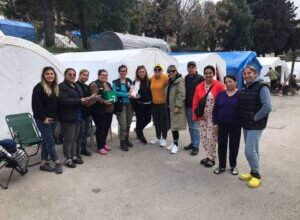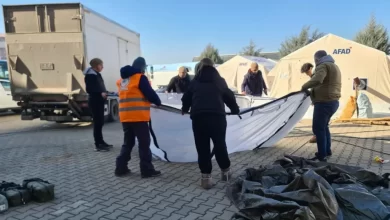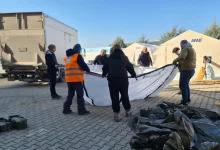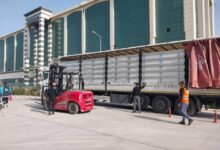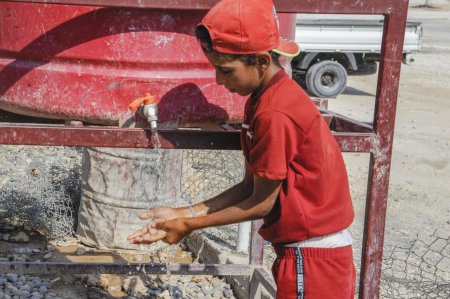
In northern Syria, a decade of war has left water and sanitation infrastructure damaged and neglected. More than three million people—many of whom have already been displaced from their homes by conflict—now face a water crisis that has dire health consequences.
“Even when water is available and accessible to people in northern Syria, it is sometimes unsafe and contaminated,” said Ibrahim Mughlaj, a health promotion officer working for Doctors Without Borders/Médecins Sans Frontières (MSF) in northwest Syria. “We are regularly confronted with the health impact of poor water quality, which often brings waterborne diseases and other health issues into the camps, such as diarrhea, hepatitis, impetigo, scabies, and many others.” Limited access to safe water also hampers the hygiene measures necessary to control the spread of COVID-19.
In response to this crisis, MSF has developed a comprehensive water, sanitation, and hygiene (WASH) response, adopting a gap-filling approach to cover the needs. In the spring of 2021, we doubled the number of camps we covered in Idlib governorate. We are now running water and sanitation services in about 90 camps in northwest Syria, reaching around 30,000 displaced people.
Activities include hygiene kit distribution, water trucking and treatment, waste collection, water and sewage networks, latrine construction and rehabilitation, as well as community-based health promotion initiatives. In northeast Syria, we have also responded with additional safe water trucking in Hassakeh city and an increased malnutrition response in Raqqa.
Source: MSF

